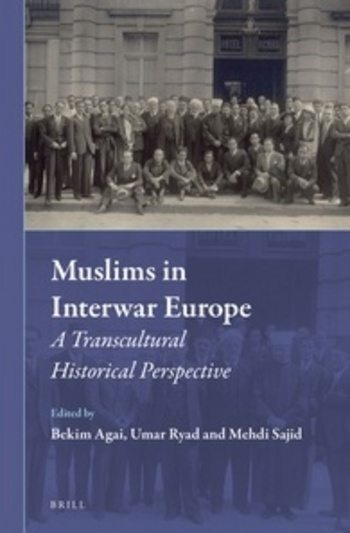
- Bekim Agai, Umar Ryad and Mehdi Sajid
- http://www.brill.com
- 2015
- 249
- 7540
- 3877
- 3920
Muslims in Interwar Europe: A Transcultural Historical Perspective
The study of Muslims in interwar Europe is a rising and intriguing field of research. With the exception of two edited volumes, Islam in Interwar Europe by Nathalie Clayer and Eric Germain and Transnational Islam in Interwar Europe by Götz Nordbruch and Umar Ryad, the history of Muslims in Europe during this period is still fragmented into various fields of study as a side aspect of other issues.
Some of these works deal with Muslims in interwar Europe as part of Middle Eastern and Asian history, colonial studies or briefly as related to European migration history.
Other historians deliver nationally focused narratives of the Muslim presence in western, central, and eastern European territories focused on specific countries, framed within a national history.
The present volume puts the trans-cultural perspective on Muslims in interwar Europe into focus. It is the outcome of an international symposium entitled “Islam in Interwar Europe and European Cultural History,” which was held at Leiden University (13–14 December 2012).
It was organized by the three editors of this volume in cooperation with the Leiden University Centre for the Study of Islam and Society (lucis) and the research group “Europe from the Outside” at the University of Bonn sponsored by the German Federal Ministry of Education and Research (bmbf).
A number of scholars from various disciplines were invited to discuss how individuals and groups labeled as “Muslims” interacted with their respective European societies during the interbellum period.
Some of the guiding questions were: What were their circumstances in their countries of residence? How did they interact as a minority group with the majority society? What impact did their connections to their counterparts in the Muslim world have on their presence and reflections in Europe? How did the attitude of their respective European societies influence their understandings of Islam and Europe? What kind of new challenges did their presence represent for the European societies? In dealing with questions of this kind the participants attempted to scrutinize some gray areas of European history and connect geographically restricted findings; this has the potential to give us a whole new perspective on the Muslim presence in interwar Europe.











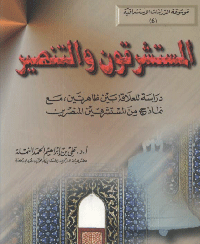
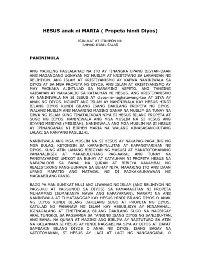
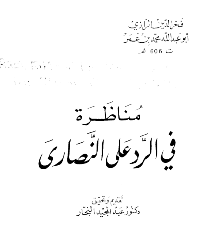
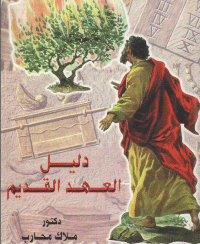
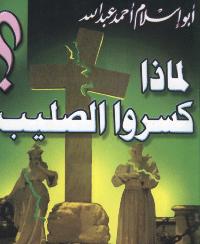
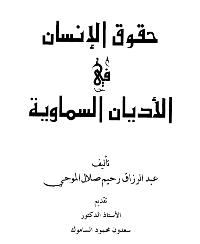
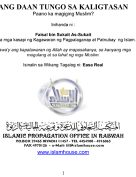
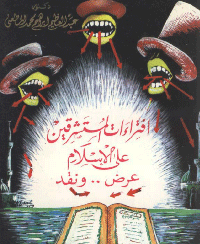
 Afar
Afar Afrikaans
Afrikaans Akan
Akan Albanian
Albanian Amharic
Amharic Armenian
Armenian Assamese
Assamese Avari
Avari Azerbaijani
Azerbaijani Basaa
Basaa Bengali
Bengali Bosnian
Bosnian Brahui
Brahui Bulgarian
Bulgarian Burmese
Burmese Catalan
Catalan Chami
Chami Chechen
Chechen Chichewa
Chichewa Circassian
Circassian Comorian
Comorian Czech
Czech Danish
Danish Dutch
Dutch Estonian
Estonian Finnish
Finnish Fulani
Fulani Georgian
Georgian Greek
Greek Gujarati
Gujarati Hausa
Hausa Hebrew
Hebrew Hungarian
Hungarian Icelandic
Icelandic Indonesian
Indonesian Ingush
Ingush Japanese
Japanese Jawla
Jawla Kannada
Kannada Kashmiri
Kashmiri Katlaniyah
Katlaniyah Kazakh
Kazakh Khmer
Khmer Kinyarwanda
Kinyarwanda Korean
Korean Kurdish
Kurdish Kyrgyz
Kyrgyz Latvian
Latvian Luganda
Luganda Macedonian
Macedonian Malagasy
Malagasy Malay
Malay Maldivian
Maldivian Maranao
Maranao Mongolian
Mongolian N'ko
N'ko Nepali
Nepali Norwegian
Norwegian Oromo
Oromo Pashto
Pashto Persian
Persian Polish
Polish Portuguese
Portuguese Romani - gypsy
Romani - gypsy Romanian
Romanian Russian
Russian Serbian
Serbian Sindhi
Sindhi Sinhalese
Sinhalese Slovak
Slovak Slovenian
Slovenian Somali
Somali Swahili
Swahili Swedish
Swedish Tagalog
Tagalog Tajik
Tajik Tamazight
Tamazight Tashamiya
Tashamiya Tatar
Tatar Thai
Thai Tigrinya
Tigrinya Turkish
Turkish Turkmen
Turkmen Ukrainian
Ukrainian Urdu
Urdu Uyghur
Uyghur Uzbek
Uzbek Vietnamese
Vietnamese Yoruba
Yoruba Zulu
Zulu